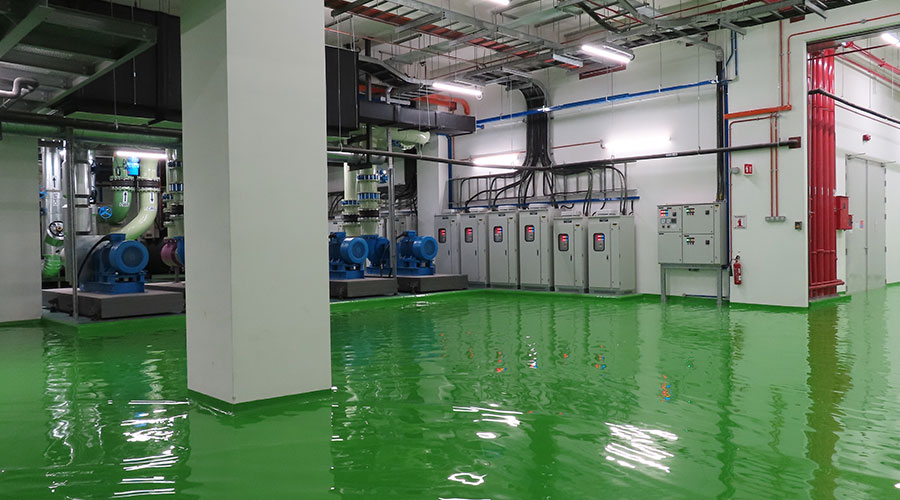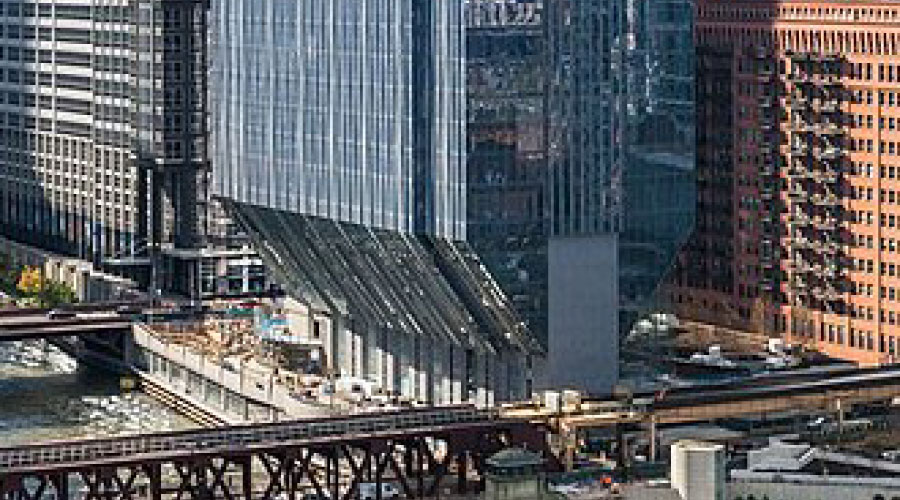
Navigating the Internet of Things in Facilities Management
IoT could streamline several facility processes. July 27, 2023
By Jeff Wardom, Jr., Assistant Editor
The Internet of Things (IoT) is a rising technological concept that connects devices through a shared network to exchange information with one another, and facilities managers are just starting to grapple with it. As these systems become more integrated, managers will need to learn how to navigate these systems without compromising the safety and integrity of their operations. NFMT recently spoke with Peter Costanzo, director at ROI Consulting Group about the best use cases for IoT and what this means for the future of facilities management. This is only a snippet of what Costanzo will speak on during his session “Win the IoT Rat Race! A Guide to Understanding IoT Concepts and Applications” at NFMT Remix from October 25 to 26 in Orlando, Florida.
NFMT: How does IoT enhance facilities management processes?
Costanzo: There are definitely a bunch of use cases from a level of what I call technology adoption. I still think we are at the beginning of the technology adoption curve where there are a handful of use cases where there will be a lot more.
What really excites me about the whole concepts of IoT and facilities management is an IoT device theoretically gives the ability for us to put a check engine light on devices that need to be maintained. It is very inexpensive to put an IoT sensor there instead of running a wire.
There are use cases that are being used in mass adoption, particularly here in New York and other metropolitan areas, as people are moving to hot desking using IoT devices for occupancy. Then another very practical use case that I am seeing today is smart cleaning on two levels. One is tracking that occupancy. The other is putting a proximity sensor in a bathroom door. For instance, you could check the bathroom by every cell based on actual use instead of time.
NFMT: What are some key benefits of implementing IoT technologies in facilities management?
Costanzo: As I talk about key benefits of implementing today where there are good use cases, one is the example of occupancy. The question of who is in the office as organizations move to hoteling, you can reserve your space. You can also put a simple occupancy sensor either above or below the desk. If this is done, you can tell if it is being used and that can send a trigger back and help optimize utilization.
Aside from that, as you look at cleaning that floor instead of cleaning that whole floor, you can do activity-based cleaning and clean the spaces that were actually used versus other things. Another very practical use case is the chance of putting some type of sensor in a bathroom. So, it is more activity-based cleaning and then we are seeing a lot of use, particularly in larger venues with sensors in the restrooms and on the equipment. You might have something on the soap dispenser or the towel dispenser to let you know that something needs to be replaced.
NFMT: How does data collected through IoT devices assist in optimizing facility operations and maintenance?
Costanzo: If you think about the amount of HVAC equipment the facility has, you generally do not know if something is wrong unless the device is broken. There are vibration sensors you can place on equipment which might indicate, for instance, the fan belts going earlier. Or that there's something wrong with it in general, and this goes back to that whole concept of that check engine light.
One example you can look at is the current draw, the air flow or the temperature. However, there are several different ways to analyze all the HVAC equipment to see if it is running properly. With that, what you are really doing more proactive maintenance on that equipment than preventative maintenance. When there is an issue, you deal with it right away. The plus is it extends the life of the equipment.
NFMT: What security considerations should be taken into account when integrating IoT devices into facilities management systems?
Costanzo: One thing is you got to have some high-level plan about what you want to do as you are looking at things. The good news is when you talk about that high-level plan with the organization’s IT department, you are going to find the facility manager will find they have some existing standard for cyber security with different devices.
You need some type of plan in case something goes wrong and as you look at those plans, you might want to look at different systems. For example, if someone hacks into the access control system, you might have trouble getting people in and out of the office, and that is one level of a problem. If you had someone hack into the electrical distribution center system and turn everything off, that is a whole other level of problem. Part of what goes into all that planning is recognizing how that helps you prioritize which systems you're protecting the most.
To learn more about IoT concepts and applications, be sure to check out Costanzo’s related session at NFMT Remix this October. Register for Remix here.
Jeff Wardon, Jr. is the assistant editor for the facilities market.
Next
Read next on FacilitiesNet












